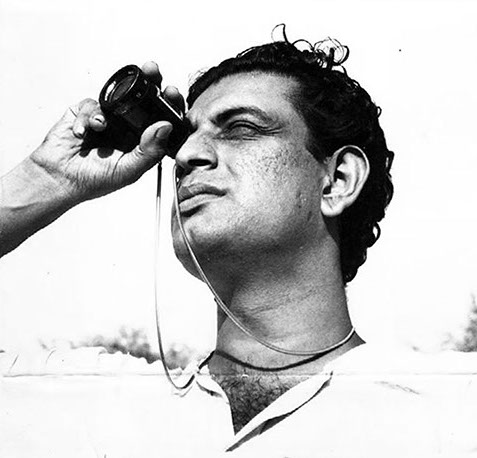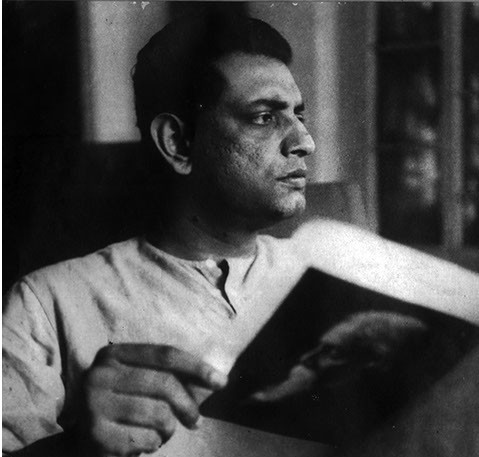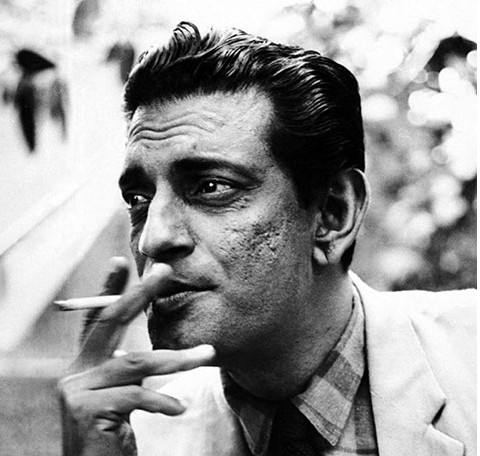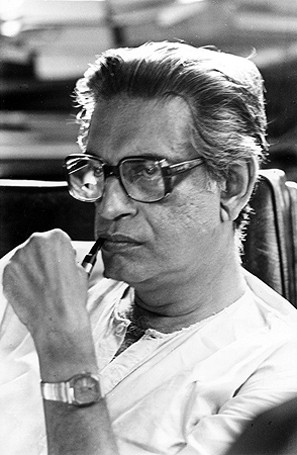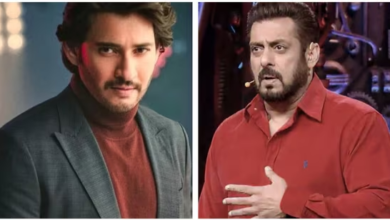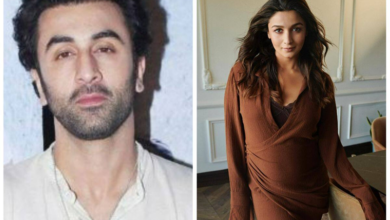Satyajit Ray, successors, society own copyright of film Nayak, not producer: Delhi High Court
By Pradeep Rana
Copyright of the film Nayak vests with legendary Bengali film maker Satyajit Ray and his successors, not the film producer RD Bansal (RDB) and HUF, Delhi High Court has ruled.
Therefore, the right to novelise the screenplay of the film also lays with Satyajit Ray (who passed away on 23 April 1992) and with the his son and the Society for Preservation of Satyajit Ray Archives (SPSRA) who inherited it from him.
Rejecting the plea to stop Harper Collins to publish the novel on behalf of Ray’s family, Justice C Hari Shankar stated, “The plaintiff has no right whatsoever, in law, to injunct the defendant from novelizing the screenplay of the film Nayak. “
“Accordingly, prayer of the plaint cannot be granted. It is accordingly, dismissed,” Justice Hari Shankar said in his order.
The plaintiff R.D. Bansal a.k.a. RDB & HUF had asserted that in 1965-66 R.D. Bansal commissioned Satyajit Ray to write the screenplay of, and to direct, the film ‘Nayak’. Therefore they were the first owners of the copyright and publisher has no right to novelise the screenplay.
The plaintiff claimed to be the successor in title. As the producer of Nayak the plaint asserts that copyright in the film, as well as all indirect, derivative and related rights associated with the film vested in RDB, at all times.
In its application against the publishers, the producers had pleaded for, “A decree for permanent injunction restraining the defendant (Harpar Collins publishers), either by themselves or through its dealers, distributors, stockist, agents, associates, sister concerns, employees, servants, and/or assigns from making, selling, offering for sale, advertising directly or indirectly any work including indulging in novelization of the film/script whether direct, indirect, derivative with respect to the cinematograph film Nayak amounting to infringement of copyright of the plaintiff.”
The producer argued that at this juncture it is pertinent to point out that the “screenplay of the movie far exceeds the sum of the script that is written by the author.”
“Within the screenplay the movements, actions, expression and dialogues of the characters are also narrated. It generally means the developed version of the story, broken down into individual scenes, which include all the essential details such as scene headings, a description of the action of that scene and a clear indication of the verbal exchange between characters (dialogue) etc. if the scene contains that all of which is only written at instance of the producer when he steps in and allocates a particular budget of the film that he intends to risk of all commercial benefit or failure,” the producer argued before the court.
The producer pointed to the Clause (b) of Section 17 of the Copyright Act to claim copyright in the screenplay of the film. In this context, it was emphasized that RDB invested all monies in the making of the film and was solely responsible for its commercial release and commercial exploitation. The entire risk of commercial failure of the film was, therefore, taken on his shoulders by RDB. RDB, thereby, it is asserted, became the owner of all direct, indirect, derivative and related rights with respect to the film. He was the producer and worldwide distributor of the film and made the first publication of the film in 1966. The plaint had set out the details of expenses undertaken by RDB on preservation, etc, of the film.
In these circumstances, the plaint alleges that the plaintiff was “justifiably chagrined” on being informed, by a communication from the SRSPA on 10th April 2018, that the defendant had published the novelized version of the screenplay of the film and was going to launch the book shortly. The communication sought the permission of the plaintiff for screening the film at the launch of the novel.
” We connected with the Satyajit Ray Society for the same and signed a contract with them, which Mr Sandip Ray signed on behalf of the Ray Society. We were not aware that the script rights are with anyone else. We have associated with the Ray Society on a number of projects before this, including a translation of stories that Satyajit Ray filmed, a book on Pather Panchali, which included its shooting script, and others. As such, we assumed that rights rest with the Society,” Satyajit Ray Society SRSPA in its letter on 10 April 2018 to RDB said.
During multiple exchange of letters, thee Society also pointed out, “It is wrong to say that the Society has given you the permission to novelize the script for Nayak, written by Satyajit Ray. Sandip Ray, being the only heir to Satyajit Ray, has the copyright for Satyajit Babu’s writings. The scripts that Ray wrote are some of Satyajit Babu’s writings. But of course the producers have the rights to the films which Ray made.”
Rejecting the claims of copyright made by RDB, the Society said: “We have had protracted discussions on the book at our end, with our rights and contracts people. It‘s been an unfortunate series of events that has brought us to this pass.
“The position as per contract is clear vis-à-vis HarperCollins: the third party indemnity clause clearly states that the signatory to the contract confirms that no third-party copyright is being violated.
“As far as monetary compensation is concerned, contractually we are not bound to pay. Legally, the third-party copyright clause puts us in the clear.
“As far as the copyright is concerned, if the Ray Society and Sandip da as heir to Satyajit Ray‘s films did not know the copyright situation, surely we at Harper have no way to know. We signed this on the basis we signed the rest of our books with the Society – the contract terms for all books are the same. There was no way anyone outside the Ray Society would be aware that the copyright could belong to anyone but you.
“In fact, Arup De had even mentioned that Ray Society would bill and we were supposed to pay the Society for the images in the book, which too came from the Society and were sent by Arup (we did not even know that the images too were yours since it came from the Society and Arup had mentioned making the payment to the Society).
“If we had an inkling of this, there is no way we would have proceeded without having you involved. It was only a matter of changing the contract and the financials – instead of contract with Sandip-da, it would have been with you.
“Unfortunately, because of these circumstances and the total lack of promotions and publicity arising thereof, the book has flopped badly. We will not even be able to recover the advance we paid to Sandip-da. As such we are deeply in the red as far as publishing this book is concerned. The only payment we can make is the amount of Rs 10,000 that we set aside for the images which Ray Society had supplied and which Arup was going to bill us for (even offering this amount makes me embarrassed). It has been a huge loss for us not being able to promote and sell. And that has impacted my position in Harper – for no fault of mine.
“Which is infinitely sad because whoever has read the book has been all praise for it. Sharmila Tagore called it a seamless effort to translate the screenplay, almost as if the screenplay evolved from the novel and not the other way round. Gulzar-ji publicly stated last week how wonderful the novelization reads (and that it has given him an idea of novelize one of his films!). Shoojit Sircar called personally to congratulate me. We have received offers from Hindi and Marathi publishers for translation of the novel – all of which we have had to put on hold. HarperCollins has basically suffered for no fault of ours. But for the unfortunate rights situation, we could all have benefited from the book. Given your financial clout, if we had been aware of the contractual position, I would have even suggested that Criterion and/or you could probably buy 2000 copies of the book at 50% discount to give away with the Criterion Collection DVD as a business promotion scheme. I do hope you understand where we stand. And that going ahead we can work together on some projects.”



